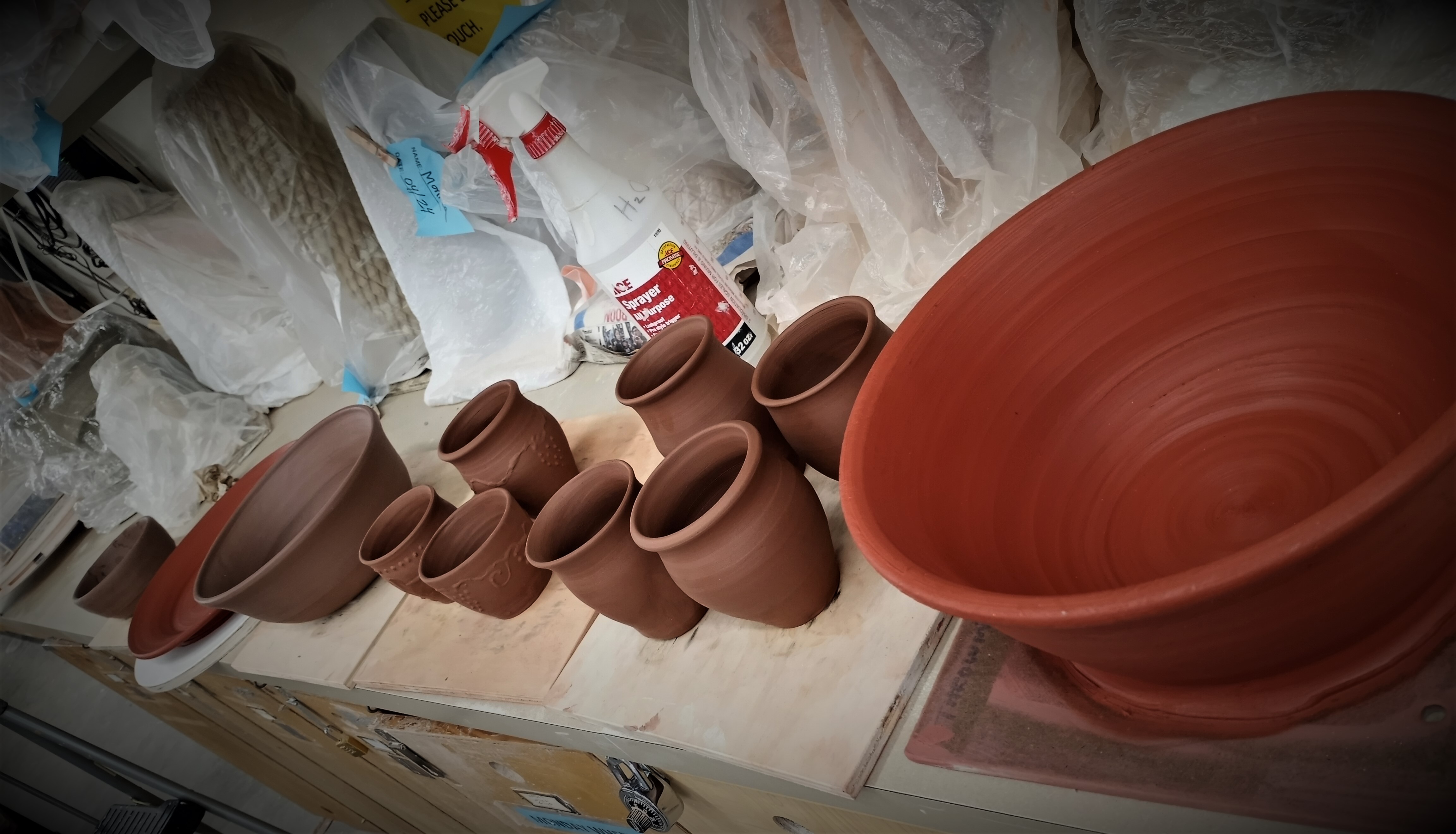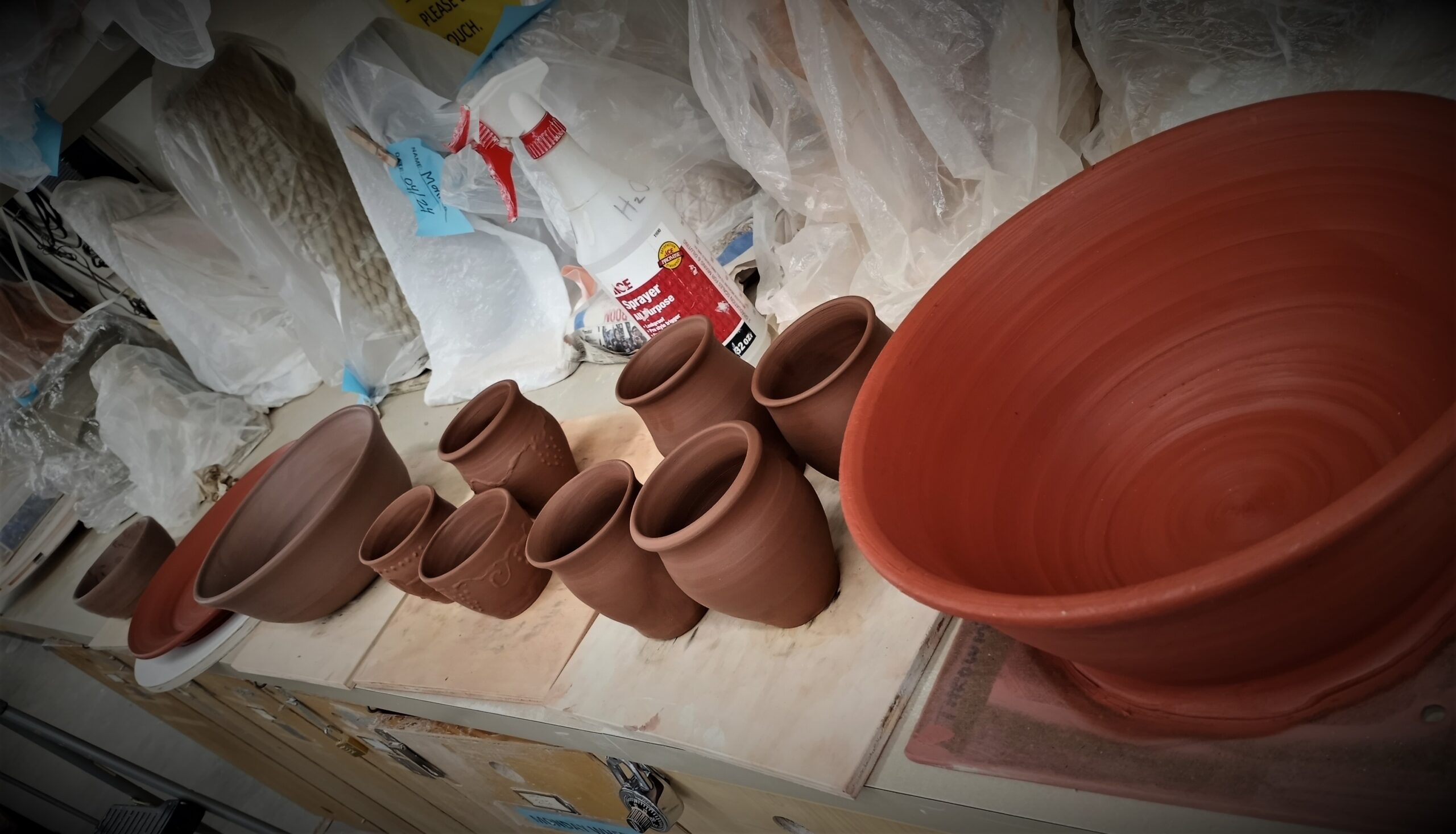Our friend Fina over at The Medieval Experiment is an active member in the Society for Creative Anachronisms (SCA) and recently received their highest level service award the Pelican. As with all good things there was a party. Those who know her know that she loves 1-3rd century roman culture especially Pompeii, and it was decided to make that the theme of this event.
For her gift I looked at what pottery would have been found on the tables of the well to do Roman family at the time and after mountains (literally) of finds it was clear Samian ware was what she needed.
Samian ware, also known as Terra Sigillata, is a type of Roman pottery made primarily in the 1-3rd century roman culture with much of it coming out of Gaul in the modern day France. The process used to make this pottery produces a red or black gloss pottery often described as having a buttery or smooth look.
While there are many different ways this pottery was decorated some of the most highly prized during that time were made using stamps to create a mold. The clay is pressed into the mold on the wheel and thrown up to create a rim. The clay is left to dry and once dried it will shrink of the mold and then the piece is dipped, dried and fired. This method allows multiple pieces to be created with the same look and shape creating the ability for pottery shops to create pottery en-mass in an assembly style creation.
The British museum has some truly spectacular pieces in their collection which can be seen in person, or in their Online collection.
Reading about this pottery is one thing, creating it is another. Over a year ago happened to stumble across Graham Taylor’s potted history courses after viewing several of his videos and had been looking for an excuse to take the online classes and now was the time. Graham Taylor is a Master Potter not only studies historic pottery, but has made pieces for various museums and his courses are a hands on history and process guide. Watching and the following along the videos gave me the information and process for creating these wares.
Stamps
One of the truly interesting things to learn about the highly decorated Samian ware is that the true unique artisans are those creating stamps, and that there is a stamp for everything. Each wavy line and small triangle is a stamp. These stamps could be used for multiple pieces and some of the more unique stamps used on different pieces allow archeologist to trace pieces of pottery back to a single region, shop, and even artist.

To represent the award I knew I wanted one of the main stamps to be a Pelican. After much searching I landed (excuse the pun) on a Pelican mosaic found as part of the Birds Mosaic outside Caesarea, Israel. The the pelican was technically a bit later in time 6th century Byzantine, but the look felt right and with a slight adjustment to the beak and adding the blood drop I had my bird.
Those who are active in the SCA often take up some heraldry which allows others to identify them (think banners carried in the medieval movies by pages by the knights). Fina is a Dragon, this dragon is emblazoned on many of her items and it seemed only fitting it appear on her pottery as well. I will say when the stamp was done her dragon looks a lot happier then the one in her heraldry.

The next several days I examined various Samian pieces to identify shapes that I liked and from this created a list of stamps I thought I may use. Many hours of sculpting later the stamps were done and placed in the Kiln. Minus a slight mishap where one stamp was briefly lost in the kiln room and later found being used as a shelf riser (community kilns can result in interesting experiences) the stamps all came out and now the building process.


Molds






